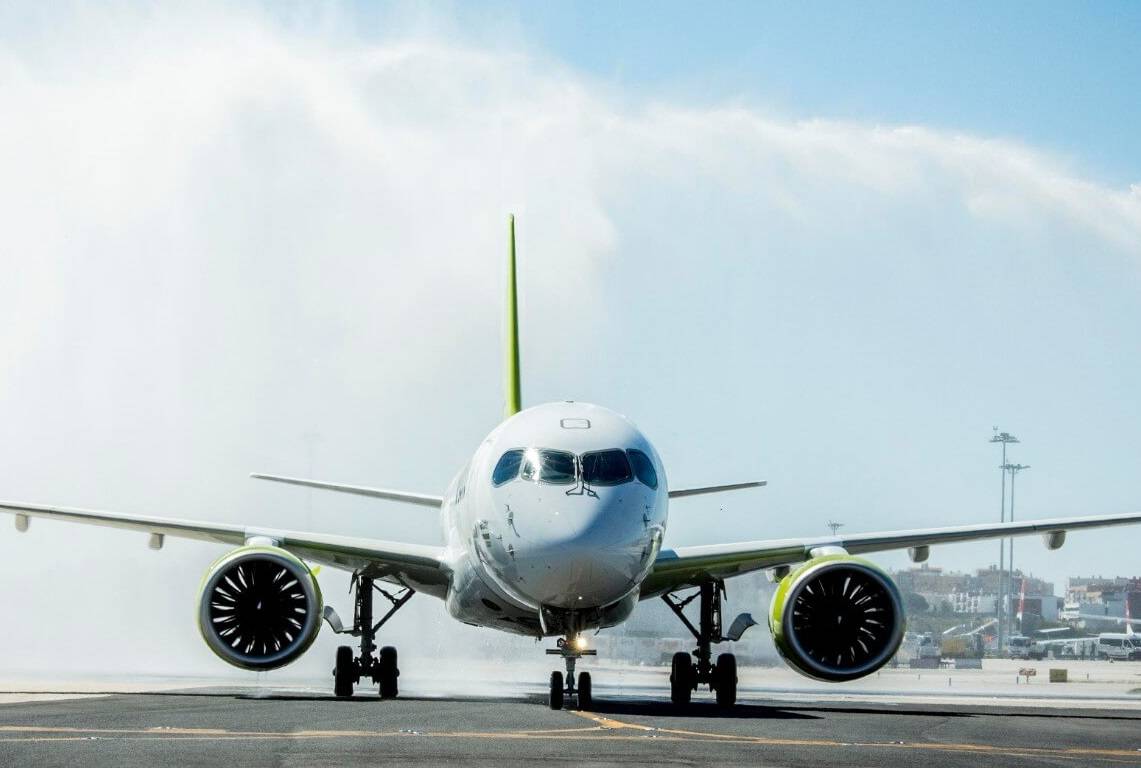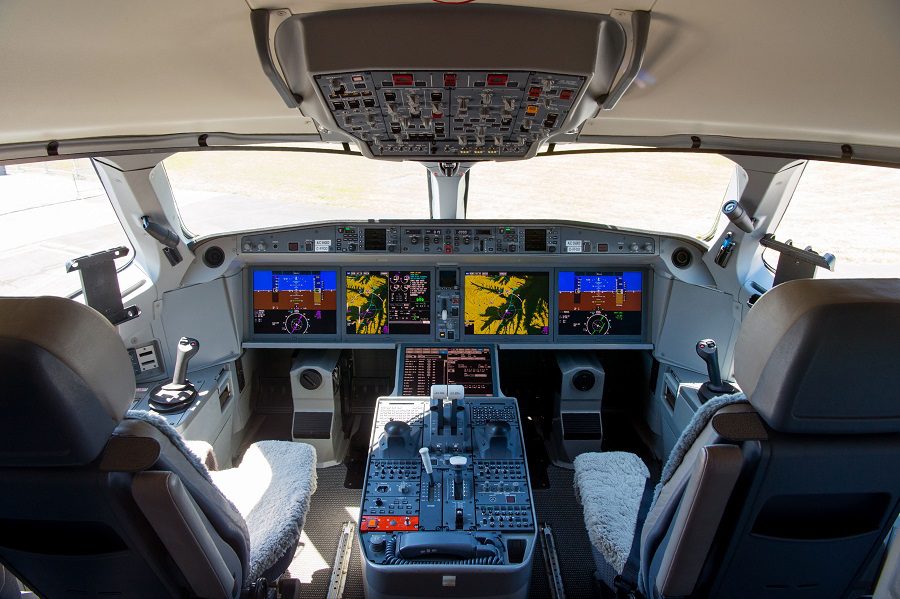Airbus looks set to increase the range of the A220-300, at the request of one or more airlines. That’s even though the aircraft already has very long legs! This increase is coming at the request of Breeze, but it could attract interest from others. And could have some lateral implications, too.
In March, we reported Airbus’ announcement that the A220-300 would get a small range increase. That was the result of an increase in the aircraft’s maximum take-off weight (MTOW). The increase amounted to one tonne, for a new total of 70.9 tonnes. This followed another, bigger increase (2.3t) in 2019, that also affected the smaller A220-100.
![Airbus A220-300 Range Increase Coming [Again]?](https://mentourpilot.com/wp-content/uploads/2021/04/Breeze-Embraer-Into-Sunset.jpg)
Untapped Potential?
Bombardier designed the aircraft’s wing with such an increase in mind. This suggests that there is some untapped potential in the aircraft’s design. We have seen that future operators like Air France would quite like to see such a model, as they replace their older A320 family. Such a stretch A220 would likely need more powerful engines. But another way for Airbus to tap onto this potential would be to add more fuel to the A220-300, to increase its range further.

And that’s exactly what Airbus is doing now, according to Breeze. David Neeleman, the airline’s CEO, had first hinted on such a development in April. The airline wants an extra fuel tank as an option for the jet. And speaking to Reuters on the occasion of the airline’s launch this Friday, he commented further:
“It is under way, so we are… kind of arguing about when. But it is not a matter of ‘if,’ it is just a matter of ‘when’.”
The range Neeleman wants is 4,000 nautical miles. But for Airbus to give the A220-300 such an increase in range, isn’t as simple as adding an extra fuel tank. The aircraft will need another increase in its MTOW. Whether or not this is possible without more powerful engines, is an open question at the moment.
![Airbus A220-300 Range Increase Coming [Again]?](https://mentourpilot.com/wp-content/uploads/2021/01/Breeze_Airbus_A220.jpg)
Airbus has so far declined to comment on the possibility of a range increase for the A220-300. Breeze are expecting their first deliveries of these aircraft in October this year. Given the uncertainty in Mr. Neeleman’s wording, their first jets will likely come without any extra fuel tanks. The airline will operate the summer routes they just announced using their Embraer E190/195s exclusively.
Range Increase, Expansion And Cost Of The Airbus A220-300
Another factor in this matter is the cost to produce the A220 series. As we saw recently, Airbus isn’t happy with many supply chain-related decisions of the programme, that date back to Bombardier’s development of the aircraft. Airbus would need to plan the A220-300’s range increase along with its production overhaul of the jet. The aircraft has a lot of orders, and the manufacturer obviously wants to capitalize from them as much as possible.

And then there’s the small matter of the competition that the A220 poses, to the larger A320. Airbus could be reluctant to make an A220-500 for this reason. But could an A220-300 with a range increase, also trouble the bigger Airbus models? Even now, the A220-300 has essentially the same range as the A320neo!
And that, finally, brings us to the really interesting question. Why does Breeze want a range increase for its Airbus A220-300? The aircraft’s current range is enough for some fairly long trips, e.g. Honolulu to DFW! A 4,000-mile range would only make sense for international travel. We knew that Breeze will use their Airbus fleet differently from their Embraer fleet. But even so, it’s hard to imagine how they would use this kind of range.
![Airbus A220-300 Range Increase Coming [Again]?](https://mentourpilot.com/wp-content/uploads/2021/03/trans-canada-air-lines-modern-retro-1.jpg)




2 comments
Bruce Atkinson
At a time when the “global warming, climate change, sustainable development, UN Age da 21 & 30 & The Great Reset” control freak activists and the propaganda spreading media are screaming about reducing CO² and talking about reducing air travel?
Danny Clark
This could make London city to East coast USA and the Gulf a serious proposition